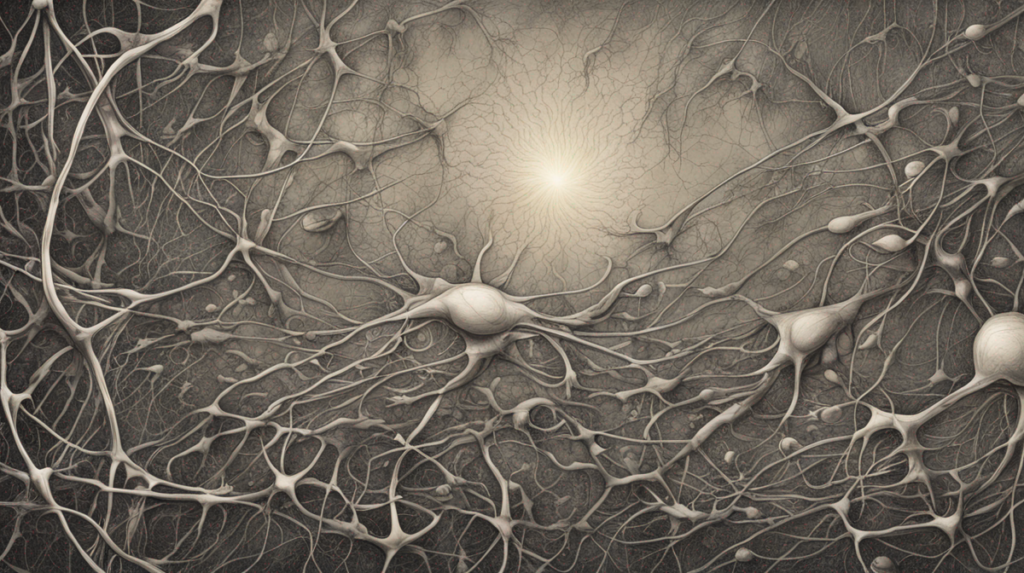While pain might be a nuisance for many of us, it is a complex and essential biological process. Delve into the intricate science of pain, understand its mechanisms, and learn practical ways to manage it.
The Nature of Pain: More Than Just a Symptom
Most of us interpret pain as an unpleasant, hurtful sensation. However, from a scientific perspective, pain serves a vital protective role in our body. This protective mechanism warns us about potential harm, triggering us to take appropriate action. It’s a sophisticated alarm system orchestrated by our brain, nerves, and countless biochemical reactions.
How Does Pain Work?
Perceiving pain is like a concert, organized, and harmonized by the nervous system. The journey of pain is a two-step process: nociception and perception.
Nociception: The Alarm Bells Begin to Ring
Suppose you step on a sharp object. The offending stimulus is detected by pain receptors or ‘nociceptors’ in the affected body part. These specialized sensors are responsible for sensing potential tissue damage. Upon detection, these nociceptors transmit an electrical signal through peripheral nerves to the spinal cord and then relay it to the brain, essentially ‘ringing the alarm bell’.
(Read Also: Managing Chronic Pain: Excellent Strategies and Effective Treatment Options)
Perception: The Brain Interprets the Alarm
Once the nociceptive signal reaches the brain, it becomes ‘pain.’ The brain assesses the intensity, location, and nature of the pain and accordingly elicits a suitable response. It can even amplify or dampen the pain depending on various variables such as mood, attention, stress, and past experiences.
The Different Types of Pain
Pain can be broadly classified into acute and chronic pain. Acute pain is a direct response to injury or disease and is usually short-lived. In contrast, chronic pain persists for more extended periods, often outlasting the original injury.
Addressing the Controversy: Is Pain All in the Brain?
In this age-old argument, some argue that since the brain processes all pain signals, pain is fundamentally a psychological phenomenon. Although the brain plays a crucial role, the recent developments in our understanding of the ‘science of pain’ demonstrate that pain is a complex biopsychosocial process involving multiple body systems.
(Read Also: Unraveling the Mystery: The Intricate Science Behind How Pain Works)
The Science of Pain Relief
Pain management is a multifaceted approach that treats both the physical and psychological aspects of pain. Beyond medication, physical therapy, mindfulness, cognitive-behavioral techniques, and even certain dietary interventions are effective in managing pain. Remember to ask a healthcare professional for advice tailored to your specific condition and circumstances.
Conclusion
The science of pain is a massive and complex field. The perception of pain is a highly intricate and individual experience with numerous variables at play. By better understanding the science behind our pain, we can explore more effective strategies for pain management and improve our overall quality of life.

